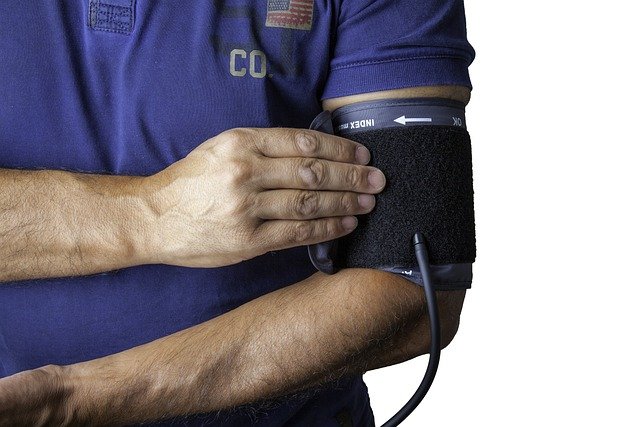From scan to plan: follow-up actions after a bone evaluation
A bone density scan gives a snapshot of bone strength, but the value comes from the steps that follow. This article describes how to interpret results, assess fracture risk, and turn imaging findings into practical plans for nutrition, exercise, and fall prevention.

A bone evaluation—commonly a dual-energy X-ray absorptiometry (DXA) scan or similar imaging study—measures bone mineral density and helps identify osteoporosis or low bone mass. Beyond the raw numbers, the follow-up process translates assessment results into a prevention and management plan tailored to each person’s aging profile, risk factors, and goals for mobility and health. Effective follow-up links diagnostic imaging with lifestyle, nutritional adjustments, targeted exercise, and, when appropriate, clinical treatments to reduce the chance of fractures.
This article is for informational purposes only and should not be considered medical advice. Please consult a qualified healthcare professional for personalized guidance and treatment.
Imaging and assessment: what the scan tells you
A DXA scan quantifies bone mineral density and typically reports a T-score and sometimes a Z-score. These figures are part of an overall assessment: clinicians combine imaging with clinical risk factors to estimate fracture risk. Imaging can flag areas of significant bone loss, which prompts a review of medications, medical history, and possible secondary causes of bone weakness. Understanding the results helps prioritize prevention and monitoring, such as more frequent assessments if bone loss appears accelerated.
What does screening reveal about risk?
Screening aims to detect low bone mass before fractures occur. A screening program considers age, menopause status, family history, prior fractures, and other risk markers. Risk assessment tools often used alongside imaging estimate a 10-year probability of osteoporotic fracture, guiding decisions about lifestyle interventions or pharmacologic therapy. Screening also identifies people who may benefit from additional tests to rule out underlying conditions that contribute to bone fragility.
Nutrition, calcium and bone health
Dietary measures are a foundational part of any post-evaluation plan. Adequate calcium intake through food or supplements, when recommended, supports bone maintenance; vitamin D status is also important for calcium absorption. Nutrition counseling can address protein, vitamin K, magnesium, and other nutrients that support bone remodeling. Tailored guidance is especially relevant for older adults and those with dietary restrictions to reduce risk and support overall bone health without making unverified claims about specific supplements.
Exercise, mobility and prevention
Exercise prescription after an assessment focuses on preventing falls and improving bone strength and mobility. Weight-bearing activities, resistance training, balance work, and functional exercises each play roles in prevention strategies. Programs should be individualized based on fitness level, existing mobility limitations, and fracture history. Safe progression and supervision (for example, through physical therapy or supervised classes) reduce injury risk while maximizing gains in balance and muscle that protect skeletal health.
Rehabilitation and managing fractures
When imaging or assessment reveals a high fracture risk or after an actual fracture, rehabilitation becomes an essential part of recovery. Rehabilitation addresses pain management, reestablishing mobility, and regaining strength to reduce the risk of subsequent fractures. Coordinated care may include physical therapy for gait and balance retraining, occupational therapy for home-safety adaptations, and tailored exercise plans targeting bone-loading where safe.
Creating a practical follow-up plan
A practical follow-up plan integrates assessment results with individualized steps: reviewing medications that affect bone metabolism, arranging nutrient optimization, initiating or adjusting exercise and mobility programs, and scheduling appropriate follow-up imaging or screening. For some, clinical treatment options may be discussed according to established guidelines; for others, lifestyle measures and monitoring will be the primary strategy. Open communication between patients and clinicians ensures plans reflect personal values, comorbidities, and realistic mobility goals.
Conclusion Moving from scan to plan means translating imaging and assessment into clear, personalized actions that reduce fracture risk and support long-term bone health. Combining nutrition, safe exercise, mobility-focused prevention, and appropriate clinical oversight creates a coherent approach across the stages of aging and recovery. Regular reassessment ensures the plan stays aligned with changing risk and functional needs.






